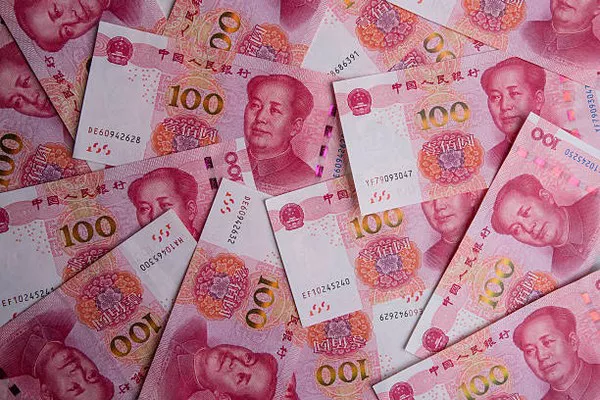In the realm of international finance, the concept of floating a currency like the Chinese yuan (CNY) carries significant implications for global markets, trade dynamics, and monetary policy. The floating of a currency refers to allowing its value to be determined by market forces of supply and demand, rather than being pegged or controlled by a fixed exchange rate system. For China, a country with a major impact on the global economy, decisions regarding the yuan’s exchange rate are closely watched and can have far-reaching consequences.
Background on Yuan Exchange Rate Policies
China’s approach to its currency has evolved over time. Historically, the Chinese government tightly managed the yuan’s exchange rate against other major currencies, particularly the US dollar (USD), to promote export competitiveness and stability. This was achieved through a fixed exchange rate or a managed peg against the dollar.
In 2005, China shifted towards a more flexible exchange rate system by introducing a managed float against a basket of currencies. This move was seen as a step towards allowing the yuan to appreciate gradually against the dollar and other major currencies. However, the degree of flexibility and market influence remained limited compared to fully floating currencies like the US dollar or Euro.
What Does it Mean to Float the Yuan?
Floating the yuan would involve allowing market forces to determine its exchange rate on a day-to-day basis, with minimal intervention from the People’s Bank of China (PBOC), China’s central bank. This would result in greater volatility in the yuan’s value relative to other currencies, as its exchange rate would fluctuate based on supply and demand dynamics in global currency markets.
Implications of Yuan Floating:
Impact on Trade Balances: A freely floating yuan could lead to changes in China’s trade balance. A stronger yuan makes Chinese exports more expensive in foreign markets and imports cheaper for Chinese consumers, potentially reducing China’s trade surplus.
Influence on Inflation: Currency fluctuations impact import prices, affecting inflation rates. A stronger yuan could lower import costs, potentially curbing domestic inflation. Conversely, a weaker yuan may raise import costs, contributing to inflationary pressures.
Global Economic Stability: The yuan’s floating could impact global economic stability. Sudden swings in the yuan’s value could disrupt global markets, affecting investor confidence and trade flows.
Monetary Policy Flexibility: A freely floating yuan enhances China’s ability to conduct independent monetary policy. Interest rate decisions become more effective in influencing domestic economic conditions.
Foreign Exchange Reserves: A floating yuan could reduce the need for China to accumulate massive foreign exchange reserves to stabilize its currency. This could free up capital for other investments or policy priorities.
Challenges and Considerations
While floating the yuan offers potential benefits, it also presents challenges and considerations:
Exchange Rate Volatility: Frequent fluctuations in the yuan’s value can create uncertainty for businesses engaged in international trade, complicating financial planning and hedging strategies.
Export Competitiveness: A stronger yuan may reduce the competitiveness of Chinese exports, affecting industries reliant on international markets.
Speculative Pressures: A freely floating yuan could be subject to speculative pressures, leading to excessive volatility that may not align with China’s economic objectives.
Policy Coordination: China’s transition towards a floating yuan requires careful coordination between monetary, fiscal, and trade policies to manage potential economic repercussions effectively.
China’s Path Forward
China’s approach to currency policy reflects a delicate balance between economic stability, international trade competitiveness, and broader geopolitical considerations. As the world’s second-largest economy, China’s currency decisions reverberate across global financial markets.
The Chinese government has taken gradual steps towards liberalizing its currency regime while maintaining significant control. Initiatives such as the Belt and Road Initiative (BRI) and the internationalization of the yuan through mechanisms like offshore yuan trading centers (e.g., in Hong Kong) are part of China’s broader strategy to enhance the yuan’s role in global finance.
Conclusion
The floating of the Chinese yuan signifies a critical shift in global economic dynamics. As China continues to open its financial markets and pursue economic reforms, the yuan’s role in international trade and finance will expand. However, the pace and scope of this evolution will be influenced by a complex interplay of economic, political, and strategic considerations both within China and on the global stage.
Understanding the implications of a floating yuan requires careful analysis of economic fundamentals, trade dynamics, and policy frameworks. China’s journey towards a more market-driven exchange rate reflects its aspirations for broader economic reform and integration into the global financial system. Ultimately, the path towards a fully floating yuan will be shaped by China’s economic priorities and its evolving role in the international arena.


